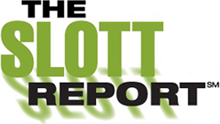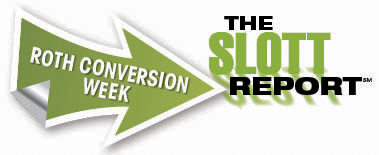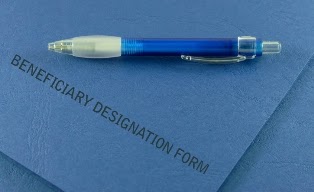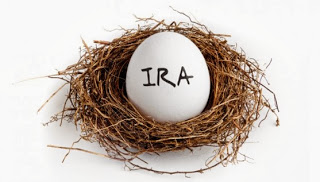You name a trust as the beneficiary of your IRA. How many beneficiaries are there of the IRA? One.
 You name a trust as the beneficiary of your IRA. The trust beneficiaries are your six children. How many beneficiaries are there of the IRA? One - the trust.
You name a trust as the beneficiary of your IRA. The trust beneficiaries are your six children. How many beneficiaries are there of the IRA? One - the trust.
That’s right. There is only one beneficiary. The children do not get to split the IRA. They do not get to use their own life expectancies, they all have to use the age of the oldest trust beneficiary. They do not get to choose whether to take stretch distributions or take their entire share in one lump sum. They are not the beneficiaries - the trust is the beneficiary.
Let’s change the scenario a little. You name a trust as the beneficiary of your IRA. Your spouse is the beneficiary of the trust. How many beneficiaries are there of the IRA? I am guessing you answered one and you would be correct. The TRUST is the one beneficiary of the IRA. Your spouse cannot take a distribution from the IRA any time he or she wants. Your spouse cannot ask the IRA to distribute more than the required minimum.
While the children or the spouse in these examples may not be able to request a distribution from the IRA directly, the trustee of the trust can. In many cases, a trust beneficiary is the trustee of the trust as well as the beneficiary. So the beneficiary/trustee can have the trust request a distribution that is payable to the trust. Then the beneficiary/trustee can have the trust make a distribution to them.
So, just to be sure we all have this right, when you name a trust as the beneficiary of your IRA, how many beneficiaries are there of the IRA? You got it - ONE - the trust. Consider the consequences of using a trust as an IRA beneficiary carefully. Make sure the results are what you would want for your spouse or your children.
- By Beverly DeVeny and Jared Trexler
 You name a trust as the beneficiary of your IRA. The trust beneficiaries are your six children. How many beneficiaries are there of the IRA? One - the trust.
You name a trust as the beneficiary of your IRA. The trust beneficiaries are your six children. How many beneficiaries are there of the IRA? One - the trust.That’s right. There is only one beneficiary. The children do not get to split the IRA. They do not get to use their own life expectancies, they all have to use the age of the oldest trust beneficiary. They do not get to choose whether to take stretch distributions or take their entire share in one lump sum. They are not the beneficiaries - the trust is the beneficiary.
Let’s change the scenario a little. You name a trust as the beneficiary of your IRA. Your spouse is the beneficiary of the trust. How many beneficiaries are there of the IRA? I am guessing you answered one and you would be correct. The TRUST is the one beneficiary of the IRA. Your spouse cannot take a distribution from the IRA any time he or she wants. Your spouse cannot ask the IRA to distribute more than the required minimum.
While the children or the spouse in these examples may not be able to request a distribution from the IRA directly, the trustee of the trust can. In many cases, a trust beneficiary is the trustee of the trust as well as the beneficiary. So the beneficiary/trustee can have the trust request a distribution that is payable to the trust. Then the beneficiary/trustee can have the trust make a distribution to them.
So, just to be sure we all have this right, when you name a trust as the beneficiary of your IRA, how many beneficiaries are there of the IRA? You got it - ONE - the trust. Consider the consequences of using a trust as an IRA beneficiary carefully. Make sure the results are what you would want for your spouse or your children.
- By Beverly DeVeny and Jared Trexler

























